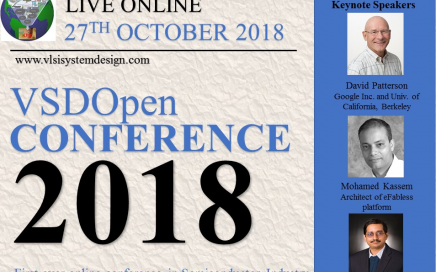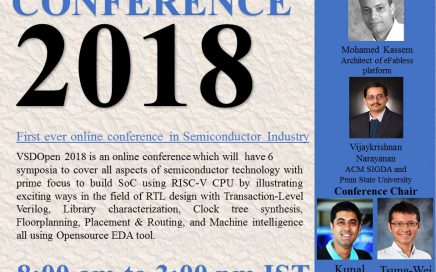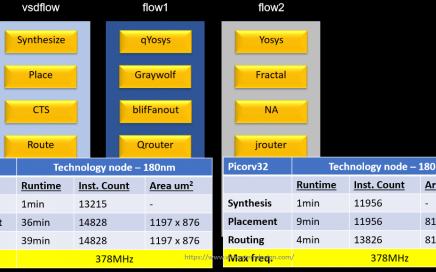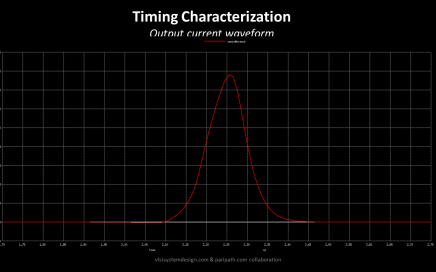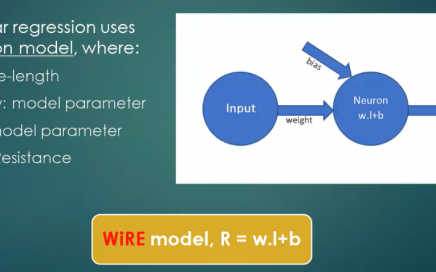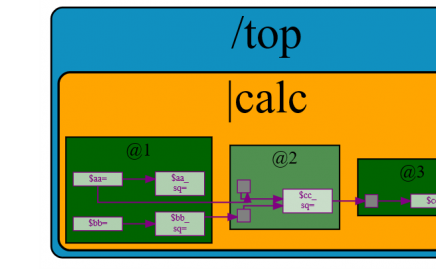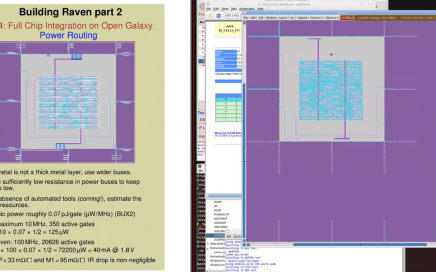
A new golden age for computer architecture by Prof. David Patterson
In last 50 years, there are 3 lessons that we can draw. First – software advances can inspire architecture innovations. Second – when we raise the hardware/software interface, it creates opportunities for architecture innovation. Third – in our field, the way we settle these debates, isn’t by just arguing in a bar, rather people spent/invest billions of dollars to investigate their ideas and marketplace settles these debates

